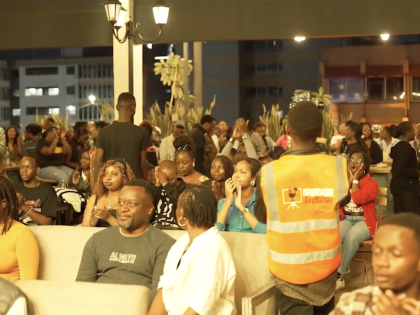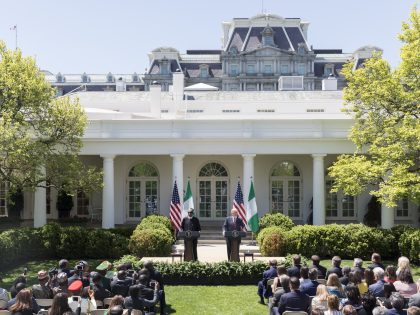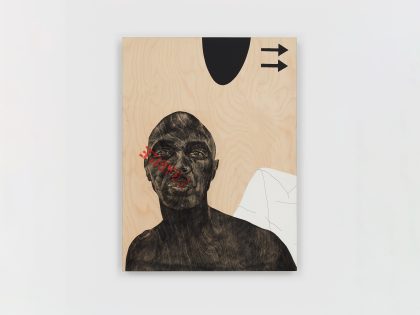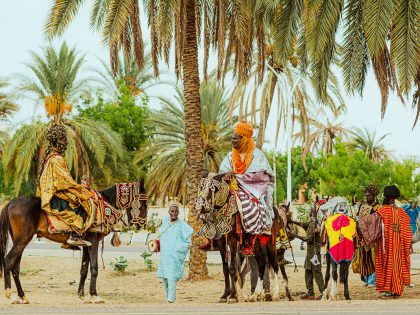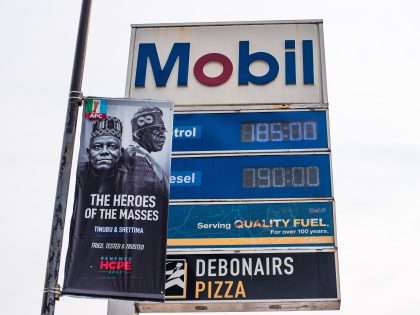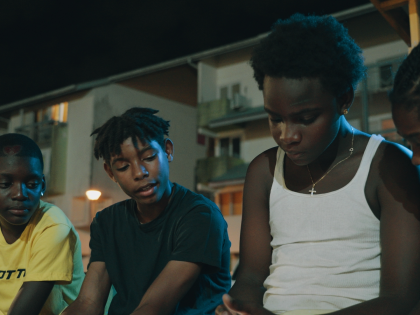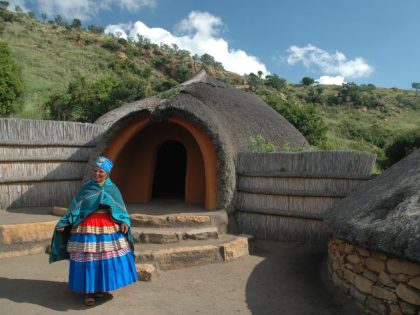Mos Def and the Battle of Algiers
What is that sample of Arabic during Slick Rick’s verse on Mos Def's "The Auditorium"?

Ali la Pointe, the lead character in 'Battle of Algiers' (1966), one of the first narratives on screen or in print to put Algerians at the center.
I have had rap star Mos Def ‘s new album “The Ecstatic,” on repeat, especially the record “The Auditorium,” featuring Slick Rick. On hearing “The Auditorium” for the first time, I knew immediately where I heard the beat driving the song: Madlib’s “Beat Kondukta in India: Vol 3 &4.” But what is that sample of Arabic during Slick Rick’s verse? Later while watching the classic film, “Battle of Algiers,” again (for umpteenth time), it hit me: It’s a piece of dialogue from Battle of Algiers. At the start of the film, the lead character Ali la Pointe, the Algerian liberation fighter but still a petty criminal at this point, is doing a card trick on a group of unsuspecting bystanders while repeating the same phrase in Arabic. There it was.
I loved how Gillo Pontecorvo (he also directed the film) and Franco Solinas introduced Ali in the script: ” Two hands are moving; one over the other, they criss-cross with incredible speed; at the same time, they are shifting three small pieces of wood which appear to be identical. The hand movements are marked by a kind of Algerian CHANT. From time to time, the pieces of wood are overturned for a split second so that the other sides are visible. Robust hands, thick, unusually agile for their size. The hands of Ali la Pointe, younger then, twenty- four years old …”
